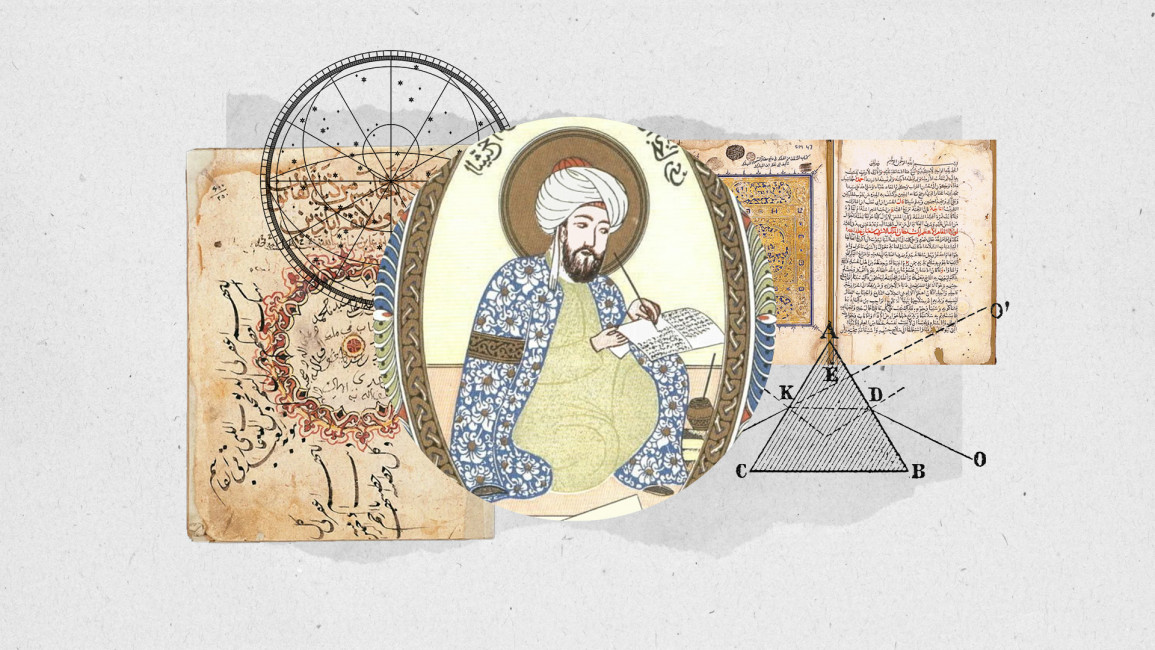
The great sage of Islamic medicine: How 10th-century Muslim polymath Ibn Sina introduced the world to quarantine methods
Society4 min read
Ufuk Necat Tasci
23 March, 2023
Ibn Sina is a giant of academia. A master of humanities, law, science and medicine, his contributions to knowledge have rippled for millennia. Now known for pioneering the quarantine technique, we take a brief look at some of his huge achievements.
By the age of 18, Ibn Sina, was an expert on philosophy, theology and jurisprudence. Next on his list to master were science and medicine, two disciplines that are now indebted to the 10th-century Muslim polymath.
Born in modern-day Uzbekistan in 980AD, Ibn Sina is known as the 'father of early modern science' and is popularly credited with the quarantine technique, something we're now familiar with following the COVID-19 pandemic of 2020.
The technique was first introduced a thousand years ago by Ibn Sina to tackle the eruption of infectious diseases and human-to-human transmission.
RELATED
Does science owe its development to 9th-century Baghdad?
Society
Ufuk Necat Tasci
Ibn Sina, or Avicenna as he is popularly known in the West, is also one of the major medieval Muslim thinkers who made their way into the Western Canon.
Ibn Sina's name was mentioned in Dante's masterpiece, The Divine Comedy, his portrait is in a number of Europe's best medical schools, and a crater on the moon is named after him.
[Ibn Sina] is affectionately referred to as the Galen of Islam, The Prince and Chief of Physicians, The Teacher Second Only to Aristotle, and The Aristotle of the Arabs
Ibn Sina is perhaps best known for his work The Canon of Medicine. Published in 1025, the text detailed how a 40-day quarantine is key to slowing down and weakening the spread of contagious infections. The book would end up becoming one of early medicine's essential texts and was used as one of the discipline's core textbooks for over 600 years.
The Canon of Medicine is divided into five books. The only one translated into English is the first, which handles basic medical and physiological principles as well as anatomy, regimen and general therapeutic procedures.
The second book concerns medical substances, arranged alphabetically, and their available properties, while the third one focuses on the diagnosis and treatment of diseases specific to one part of the body.
The fourth book handles conditions not specific to one body part, such as poisonous bites and obesity. And finally, the fifth book is a formulary of compound remedies.
Ibn Sina's works have inspired scientists throughout the ages. He is affectionately referred to as the Galen of Islam, The Prince and Chief of Physicians, The Teacher Second Only to Aristotle, and The Aristotle of the Arabs. And whilst it is believed that Ibn Sina wrote 450 books, only around 240 of them survived.
Among those, more than 40 of his manuscripts are related to medicine. In addition to The Canon of Medicine, his other masterpiece, The Book of Healing is an encyclopaedia on science, religion and philosophy.
Ibn Sina discovered how germs cause diseases for the first time. He explained how humans are developing jaundice and serious bacterial infections like charbon. By using the sedation technique, he managed to cure some life-threatening interior diseases. Ibn Sina also discovered the method of diagnosing diabetes by measuring the sugar rate in urine samples.
Ibn Sina argued that the soul and body are two ores which can contract diseases based on their characteristic traits and examined his patients based on some details like their age, body type, nutrition type and lifestyle. He used some methods to check whether the patient's liver or spleen was normal or not by simply using his bare hands.
RELATED
Is the 'Golden Age of Islam' still relevant today?
Book Club
Sadek Hamid
He also played a key role in separating the two thoughts of systemic circulation and microcirculation, leading him to the idea that germs are the main carriers of disease. This conclusion was vital and helped Louis Pasteur, almost a thousand years later, to develop his germ theory.
Ibn Sina's The Book of Healing helped develop the Western understanding of medicine, whilst his psychology and theory of knowledge influenced William of Auvergne, Bishop of Paris and Albertus Magnus. His thoughts on metaphysics influenced Thomas Aquinas.
A devout Muslim, Ibn Sina sought to reconcile rational philosophy with Islamic theology. His main target was to prove the existence of Allah (God) and the creation of the universe in scientific terms by using reasonable and logical rhetoric. His impact on Islamic schools was seen until the 19th century.
Dr Ufuk Necat Tasci is a political analyst, academician and journalist. His research areas and interests include Libya, the foreign policy of Turkiye, proxy wars, surrogate warfare, new forms of conflict and history
No comments:
Post a Comment